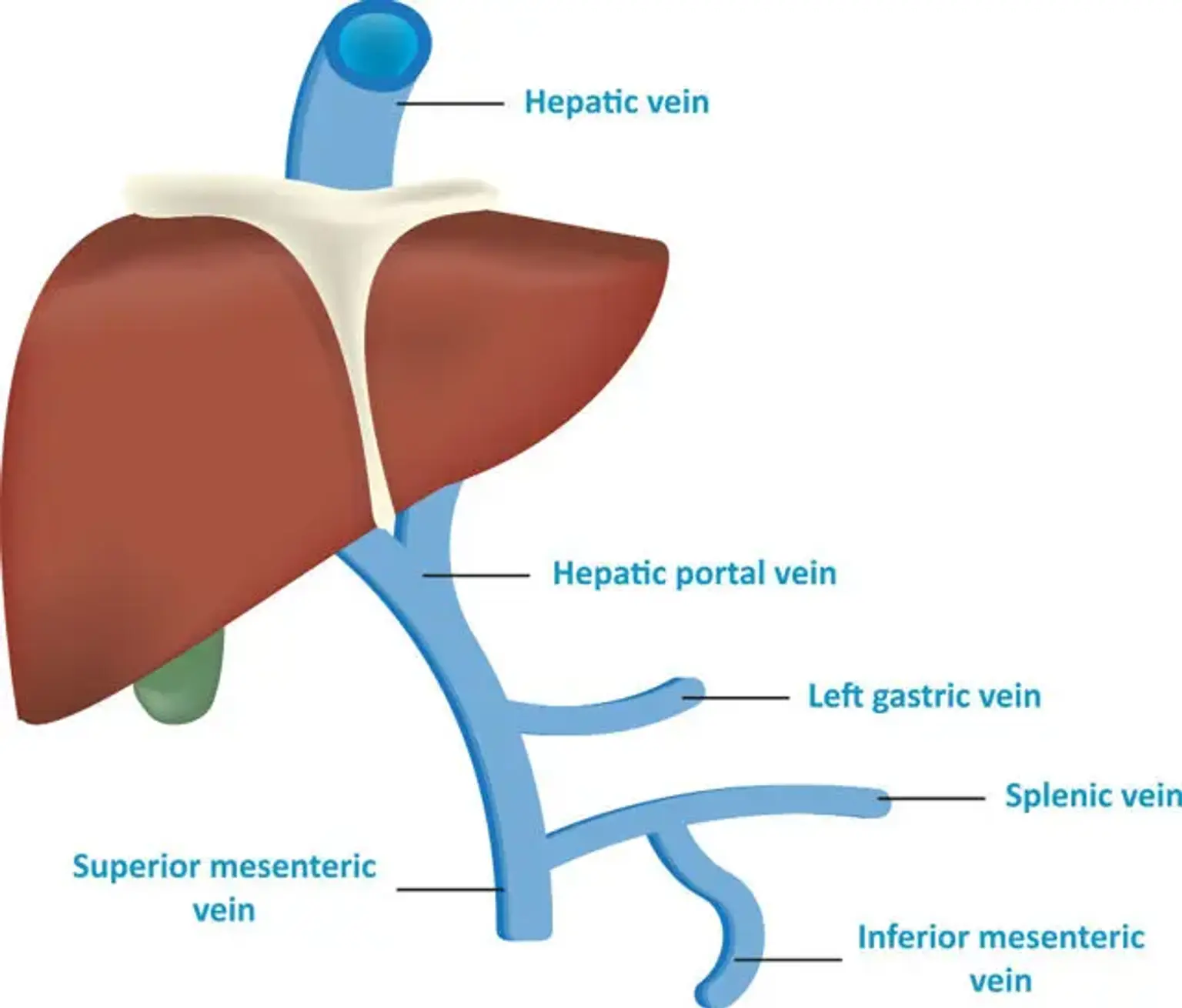Portal Hypertension
Portal hypertension is a medical condition that occurs due to increased blood pressure in the portal vein. This is a major vein that transports blood from the digestive organs, including the pancreas and the stomach, towards the liver. The portal vein is quite different from other veins that carry blood to the heart. Instead, it provides up to 75 percent of the blood supply to the liver.
Changes in the portal vein pressure could result in extreme complications, including infections, kidney failure, and bleeding. Generally, portal hypertension can be a chronic condition; however, it’s treatable and manageable if diagnosed earlier.
